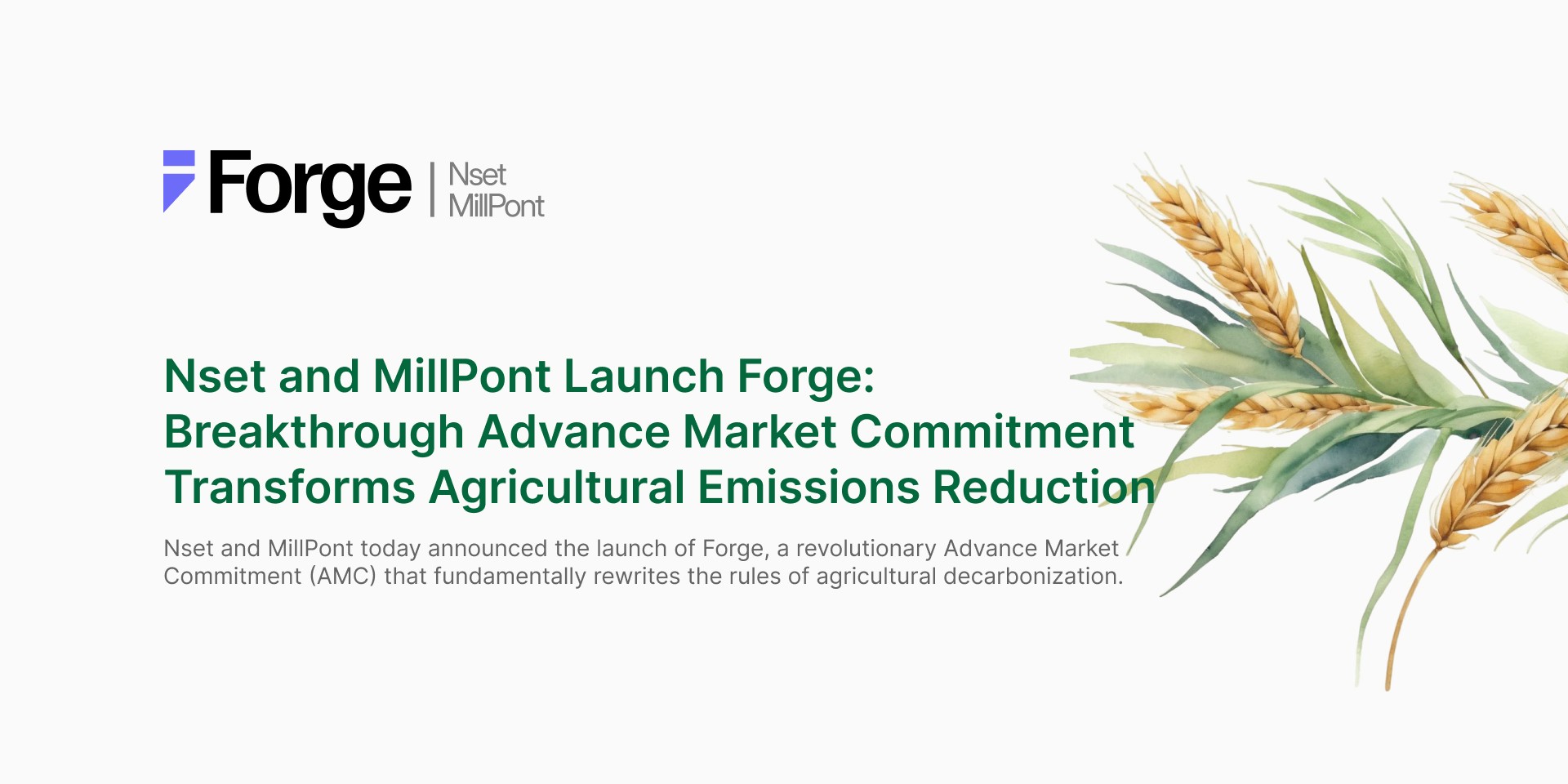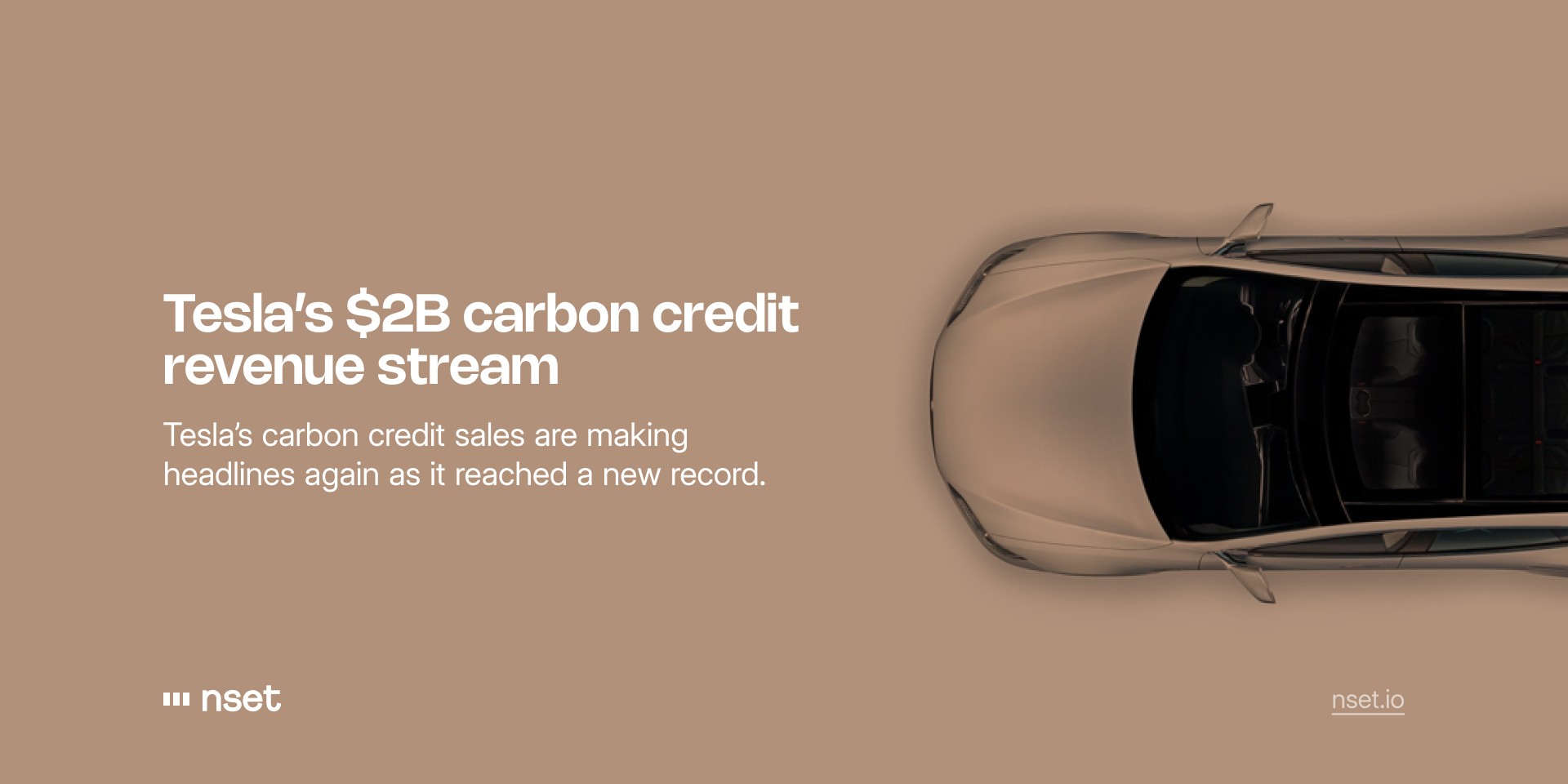Insetting Definition Cheat Sheet
Monday, February 5, 2024
This is part two of our bite-size series exploring the intricacies and opportunities of insetting for your organization.
As the language around insetting, net zero and supply chain emissions continues to evolve, it can be difficult for CEOs and CSOs to navigate this ever changing landscape. To simplify the process, below we provide a cheat sheet of definitions for frequently used terms relating to supply chain decarbonization.
We hope you find it useful and will continue to add new terms to make sure that you’re always in the know!
—
Agroforestry
A land management approach that combines the cultivation of trees and shrubs with crops or livestock on the same plot of land. This practice aims to create a more diverse, productive, profitable, healthy, and sustainable land-use system.
Beyond Value Chain Mitigation
This refers to a company's initiatives to reduce greenhouse gas emissions that are not directly related to its own operations or supply chain. It includes external efforts like investing in community-based environmental projects, supporting broader industry changes, or enabling societal shifts towards sustainability.
Carbon Accounting
The process of measuring and reporting the amount of greenhouse gas emissions produced by an organization. This is essential for understanding environmental impact and developing strategies to reduce carbon emissions.
Carbon Budget
The quantified amount of carbon dioxide emissions that can be emitted over a specific period while still maintaining the likelihood of limiting global temperature rise to a predetermined target, such as the targets set by the Paris Agreement. It serves as a critical boundary for climate policy and action planning.
Carbon Insetting
An approach where a company invests in emissions reduction projects within its own value chain, as opposed to external projects, aiming to create a positive environmental impact directly related to its business activities. This may also be referred to as value or supply chain interventions.
Carbon Offsetting
The practice of compensating for emissions of carbon dioxide by funding an equivalent amount of carbon savings elsewhere. This is often through buying carbon credits based on renewable energy, energy efficiency, or reforestation projects.

Photo by Leiliane Dutra
Carbon Market
A trading system designed for the buying and selling of emission allowances or carbon credits. In this market, businesses or countries can purchase carbon credits to offset their emissions, or sell credits they have earned through reducing their emissions. This system aims to incentivize the reduction of greenhouse gas emissions economically.
Carbon Sequestration
The process of capturing and storing atmospheric carbon dioxide in a different form or location to prevent it from contributing to global warming. This can occur naturally in forests, oceans, and soil, or through artificial methods like carbon capture and storage technologies.
Climate Adaptation
The process of adjusting practices, processes, and structures of an organization or community to mitigate potential damage. This could also be to benefit from opportunities associated with climate change impacts.
Climate Risk
The potential negative impacts on an organization due to climate change, including direct physical risks and indirect risks such as regulatory changes, market shifts, and reputational damage.
Decarbonization
The process of reducing carbon dioxide emissions through the adoption of low-carbon power sources, energy efficiency measures, and innovative technologies, aiming to minimize the carbon footprint.
Digital MRV (Measuring, Reporting, and Verification)
A modern approach to MRV that utilizes digital technologies such as blockchain, remote sensing, and big data analytics. Digital MRV enhances the accuracy, transparency, and efficiency of measuring, reporting, and verifying emissions data and sustainability practices.
ESG (Environmental, Social, and Governance)
A framework used by investors to evaluate a company's impact and sustainability practices in three key areas: environmental stewardship, social responsibility, and governance standards. It helps in assessing the future financial performance of companies in terms of ethical impact.

Photo by Vie Studio
Emission Reduction Target
A specific, quantifiable goal set by a company or government to lower the level of greenhouse gases it emits into the atmosphere, usually within a defined time frame.
Internal Carbon Price
A self-imposed pricing mechanism adopted by a company to assign a monetary value to its carbon emissions. This internal pricing is used to drive investment in clean technologies and energy efficiency, helping to manage risks associated with carbon emissions and align business strategies with long-term sustainability goals.
Life Cycle Assessment (LCA)
A technique to assess the environmental impacts associated with all the stages of a product's life. This includes raw material extraction through processing, manufacture, distribution, use, repair, maintenance, and final disposal or recycling.
Low Carbon Commodities
Products or services that have a smaller carbon footprint compared to standard alternatives. Their production, use, or disposal emits fewer greenhouse gases, making them a preferable choice in efforts to mitigate climate change.
MRV (Measuring, Reporting, and Verification)
A systematic process to measure, report, and verify environmental data, particularly greenhouse gas emissions. MRV is crucial for ensuring the accuracy and credibility of emissions reporting and for tracking progress against climate goals.
Net Zero Emissions
Achieving a balance between the greenhouse gas emissions put into the atmosphere and those taken out, typically through a combination of reducing emissions and implementing carbon capture technologies.

Photo by Jatuphon Buraphon
Regenerative
Practices or systems that go beyond sustainability by actively improving and restoring the health of ecosystems, communities, and the planet, rather than simply reducing harm.
Regenerative Agriculture
Farming that adapts to the specific environmental and cultural contexts of each location, grounded in five key land management principles: reducing soil disruption, ensuring soil always hosts living roots, keeping soil covered at all times, enhancing biodiversity, and carefully controlling the use of inputs like nutrients and pesticides.
Renewable Energy
Energy from sources that are naturally replenishing and sustainable over time, such as wind, solar, hydro, and geothermal power.
Scope 1 Emissions
Direct greenhouse gas emissions from sources that are owned or controlled by the company, such as emissions from combustion in owned or controlled boilers, furnaces, vehicles.
Scope 2 Emissions
Indirect greenhouse gas emissions associated with the purchase of electricity, steam, heating, or cooling that is generated offsite but consumed by the company.
Scope 3 Emissions
Indirect emissions that occur in a company’s value chain, including both upstream and downstream activities. These include purchased goods and services, waste disposal, and transportation by third parties.
Sustainable Supply Chain Management
The integration of environmentally and socially responsible practices into the full supply chain lifecycle, from product design and development to material selection, manufacturing, distribution, and end-of-life management.
Sustainable Procurement
The process of purchasing goods and services that are environmentally friendly, socially responsible, and economically sound. It involves considering the full lifecycle impact of products, including factors like resource use, worker conditions, and waste management.
Thanks for reading! ☀️ Join our mailing list for the latest posts and insetting news straight to your inbox



